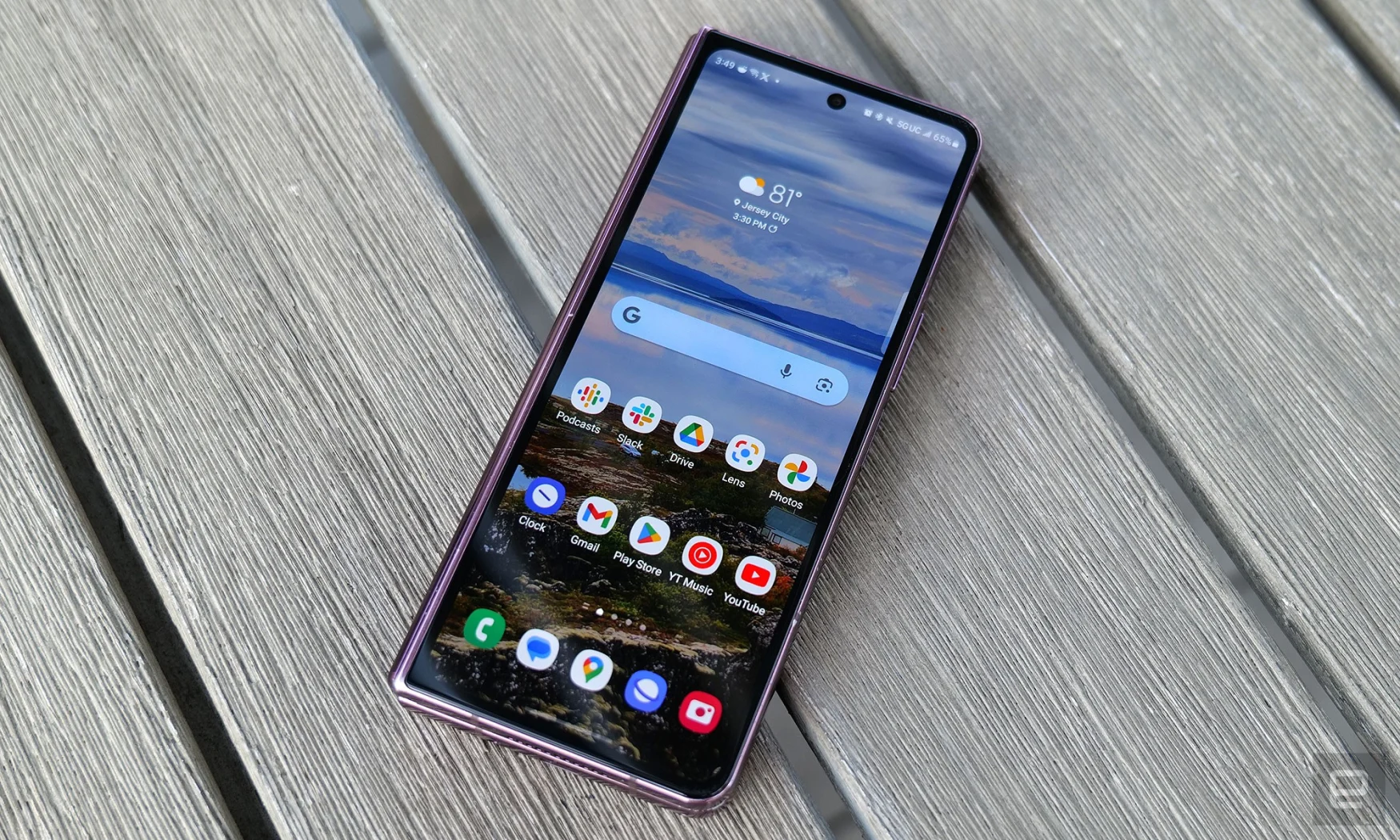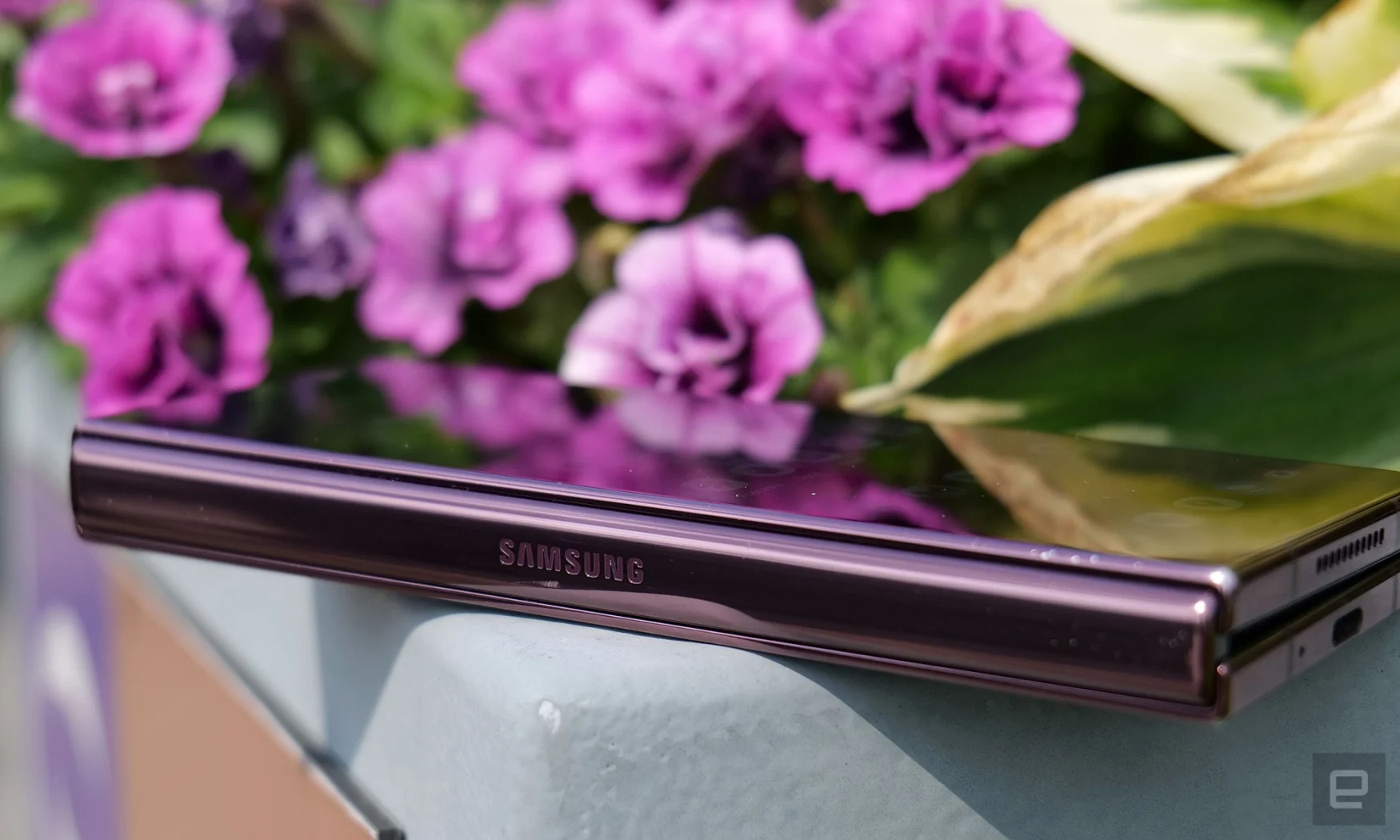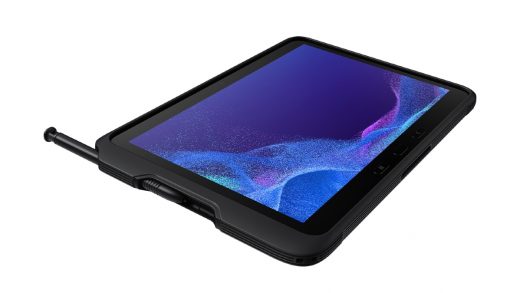
When Samsung released the original Galaxy Fold, it was about as durable as a Fabergé egg. But over the years, the company has made a number of changes to reduce the fragility of its flagship foldable phone. The Galaxy Z Fold 2 featured a redesigned hinge that prevented dirt from getting inside, while the Z Fold 3 added IPX8 water resistance and a stronger Armor Aluminum Chassis. And last year, the Z Fold 4 brought a more durable main screen and a new adhesive designed to keep its factory-installed screen protector more firmly in place.
That last one is a biggie because after owning a Z Fold 2 and a Z Fold 3, I found that the screen protectors on both phones started bubbling after six to eight months. This weakness is a concern for anyone thinking about buying an $1,800 foldable phone – especially when you consider that Samsung recommends that any repairs are done by an authorized service center. But as some who really likes foldable phones, I bought my own Z Fold 4 anyways and used it for a year. Here’s how well it held up.

Photo by Sam Rutherford/Engadget
I should mention that I’ve never put the phone in a case or used any other protective accessories like skins or sleeves. Despite being naked the whole time, the phone has done a decent job of withstanding typical daily abuse. Sure, there are some scratches and bare spots where paint has flaked off and a few dents from the phone being dropped or falling out of a pocket. But that’s sort of expected for a phone with no additional protection and both the front and back glass still look great.
More importantly, its flexible main screen looks practically as good as the day I got it. The screen protector is still sitting flat, there are no dead pixels or other blemishes and the hinge feels as sturdy as ever. All told, I’m pretty impressed considering some of the problems I encountered with previous generations. That said, while the pre-installed screen protector hasn’t started bubbling, there is one tiny spot along the top edge at the crease where you can see that it has started to (ever so slightly) separate from the display. So far, this hasn’t caused any issues. However, if past experience is any indication, this could cause the screen protector to start bubbling down the line.
Still, after claiming it switched to a new, more sticky adhesive to the Z Fold 4’s factory-installed screen protector in place, at least on my phone, Samsung’s tweak seems to have had at least some effect. Is the problem completely solved? No, not quite. Remember, this is just a single example, and it’s hard to account for things like the milder winter we’ve had this year, and chillier weather sometimes caused issues for Z Fold and Z Flip owners.
Gallery: Samsung Galaxy Z Fold 4 damage after one year | 6 Photos
Gallery: Samsung Galaxy Z Fold 4 damage after one year | 6 Photos
Also, while my Z Fold 4 has aged rather nicely, the screen protector on Engadget’s executive editor Aaron Souppouris’ Z Flip 4 has not fared nearly as well. He says the screen on his device was basically pristine for the first nine months. But after that, bubbles began to form and grew larger and larger until he removed the protector entirely and began using the phone with its naked flexible display.
It’s important to mention that Samsung instructs Z Flip and Z Fold owners not to use their devices without a screen protector. If you do remove it, you’re supposed to get it replaced as soon as possible. If you’re lucky, that can be as simple as finding a local Best Buy or uBreakiFix location and spending half an hour without your phone, and thankfully, Samsung offers one free screen protector replacement on both the Z Flip and Z Fold lines. Unfortunately, if you live in a remote area or just don’t have a nearby service center, you may need to rely on a mail-in repair, potentially leaving you without a phone for a couple of weeks or more. And for a lot of people, that’s not a reasonable option.
However, after talking to a number of Galaxy Z Flip and Z Fold owners who have removed their screen protectors, that seems to be merely a precaution. It’s totally possible to use a foldable phone without a screen protector just like you can on a regular handset. But given the more delicate nature of flexible displays (which are largely made of plastic instead of glass), the risk factor is higher. And with flexible screens costing a lot more to replace – up to $599 depending on the specific model – you don’t need a galaxy brain-sized noggin to understand why you might want to heed Samsung’s warnings. The counterpoint to that is because a foldable phone’s screen is protected by the rest of the device when closed, it’s only really vulnerable when you’re using it, as opposed to when it’s simply resting in a pocket or bag.

Photo by Sam Rutherford/Engadget
So what’s the big takeaway? I think Samsung’s new adhesive has made a bit of a difference because, even in the case of Aaron’s Z Flip, it lasted longer than both of my previous Z Folds before the screen protector started bubbling. Even so, the screen protectors on Samsung’s foldable still require a bit more babying than a standard glass brick. This sort of fragility may be a deal-breaker for some, and understandably so. Thankfully, I live near multiple repair centers and I’m prepared to use my foldable without a screen protector – even though that’s not advised.
For me, the ability to have a screen that expands when I want to watch a movie or multitask is worth the slightly reduced durability. But either way, this is something you need to consider before buying a foldable phone. In some ways, it’s like owning a car with a convertible roof, because while they’re a bit more delicate and costly to repair, there’s nothing like driving around with the top off – or in this case a phone that can transform into a small tablet at a moment’s notice.
Just remember to do the sensible thing and put your expensive foldable phone in a case.
All products recommended by Engadget are selected by our editorial team, independent of our parent company. Some of our stories include affiliate links. If you buy something through one of these links, we may earn an affiliate commission. All prices are correct at the time of publishing.


